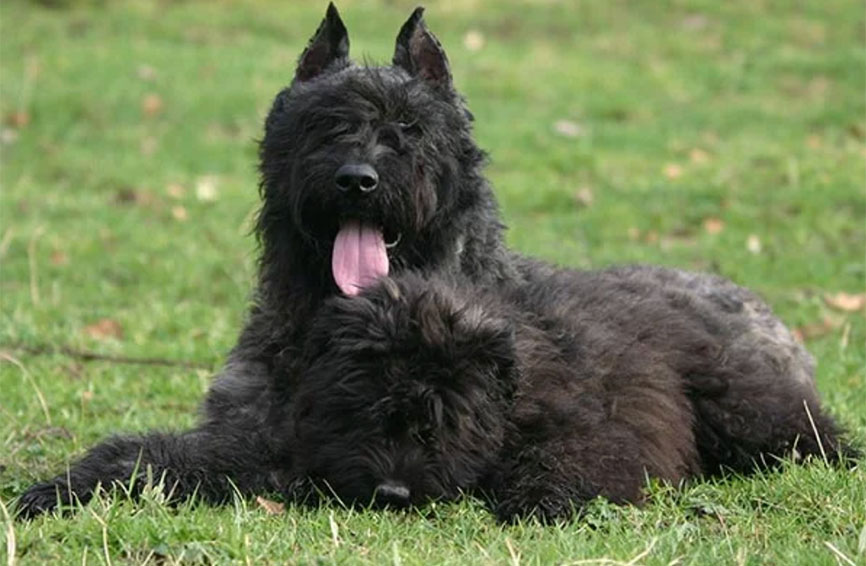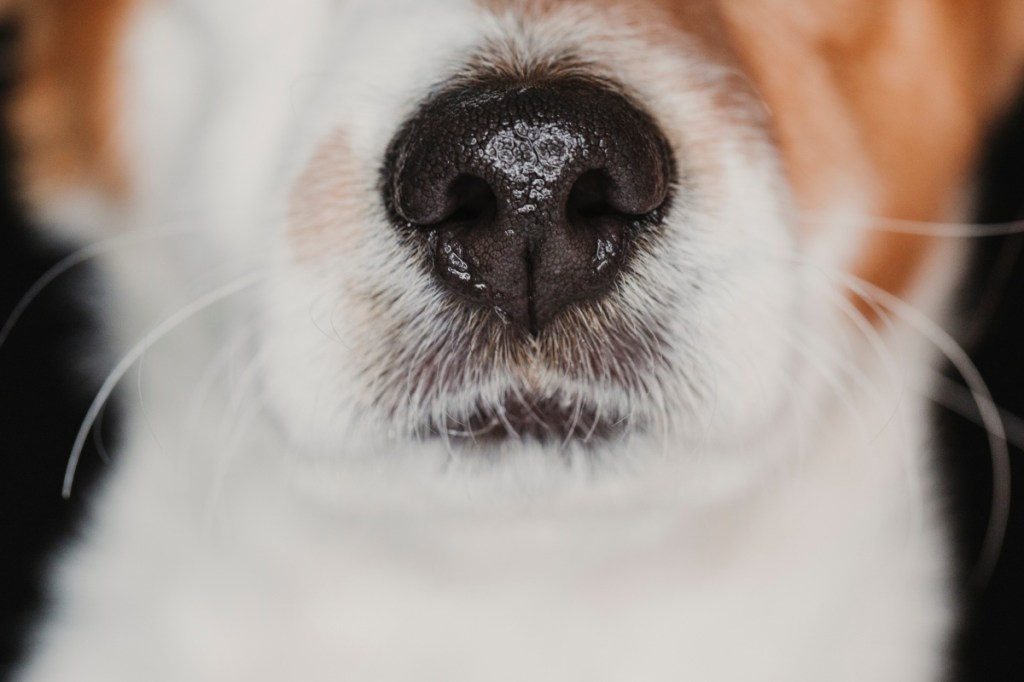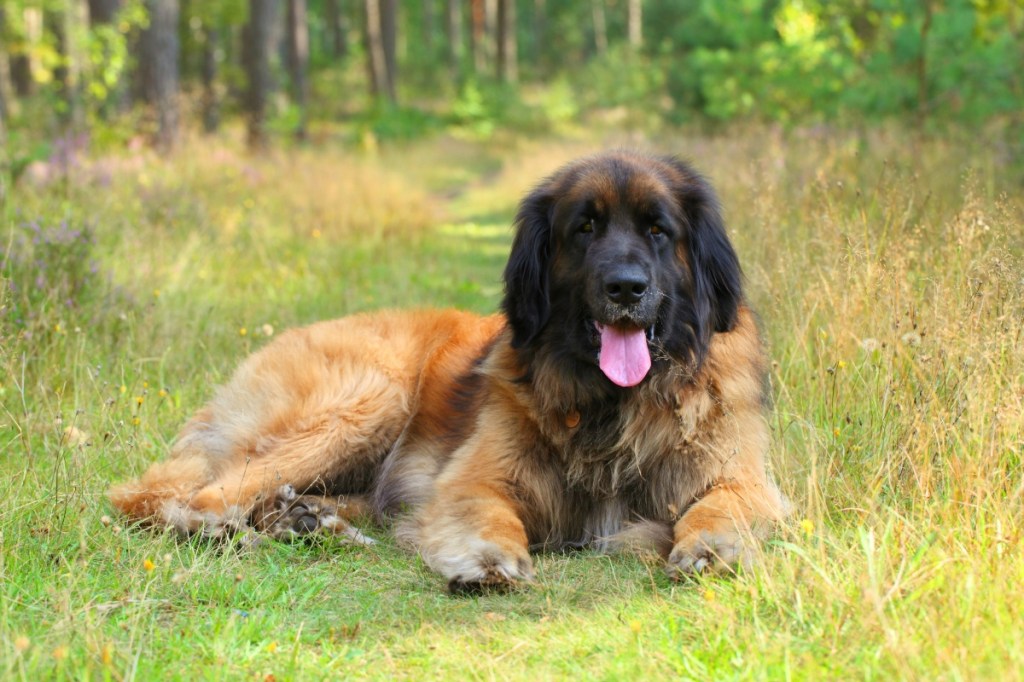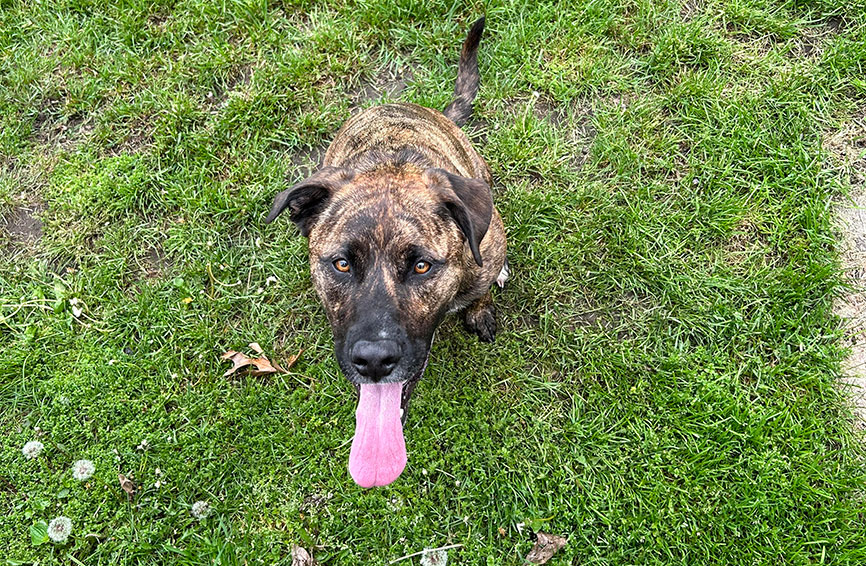Table of Contents
It’s probably no surprise to any pet parent who’s been to the vet recently that the cost of veterinary care continues to go up. And with all the people who adopted pets during the pandemic in the last year, and more time spent at home, overall spending on pets has also increased dramatically in 2020.
The American Pet Products Association (APPA), said in its annual state of the industry report that U.S. spending on pets reached $103.6 billion in 2020, an increase of 6.7 percent from the previous year.
Of that amount, $31.4 billion was spent on veterinary care, a 7.2% increase from the previous year. Those hits to the pocketbook are a combination of more pets, pet parents being more likely to go to the vet, and an increase in vet costs because of labor and more technological treatments for vets derived from human medicine.
Procedures such as knee replacements, advanced allergy testing, cancer surgeries, and chiropractic care, which were once only found in human medicine, are now available for dogs and cats.
The uptick in spending on pets continues a trend dating back 34 years, amplified by rising costs and a bigger focus on treating pets as part of the family, and even as a substitute for children among some millennials.
With more people adopting pets for the first time in the past year, it boosted spending in two ways, APPA says:
- People who acquired pets needed supplies such as beds, collars, leashes, and toys. Those new pet parents took their pets to the vet – with Banfield Pet Hospital veterinarians seeing half a million more pet visits in 2020, even with COVID-19 restrictions impacting their ability to operate.
- People in quarantine were spending more time at home with their pets and bought more accessories and toys, with more of that shifting to online shopping. They also appeared more likely to take their pets to the vet if they noticed something wasn’t quite right, Banfield said.
The main challenge the pet product industry faced in 2020 and into 2021 was supply interruptions due to the pandemic, inadequate staffing, and increased shipping costs, the report said.
APPA said it expects the growth to continue for the rest of this year, projecting a 5.8% increase over 2020.
The top reasons Healthy Paws pet parents went to the vet in the past year
Healthy Paws Pet Insurance has examined all the claims that have come in from June 1, 2020 to June 1, 2021, and found the most common reasons dog and cat parents went to the veterinarian.
Some of the visits were prompted by a condition that was diagnosed, while others were symptoms that may have a number of causes, or the cause couldn’t be determined.
Many other conditions and illnesses not listed here make up the bulk of the claims.
Total number of Healthy Paws pet insurance claims for dogs (June 1, 2020-June 1, 2021): 871,629
10 Most Common Health Conditions in Dogs
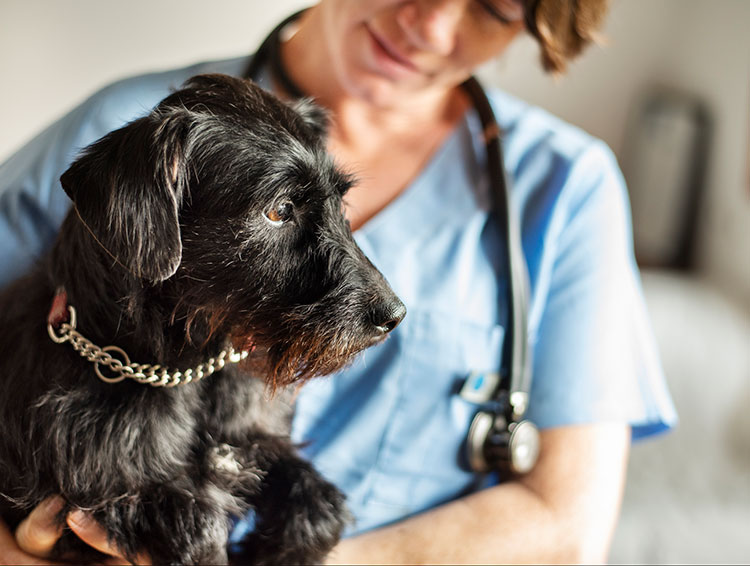
Here are the top 10 reasons for dogs and the percentage of total claims.
-
-
- Skin problems – 10.2 percent of total claims
Just like people, dogs can suffer from a variety of skin conditions, depending on environmental circumstances or genetics. Vets see skin allergies, bacterial infections, insect bites, hot spots, rashes, impetigo, mange, and dermatitis regularly. - Pain – 8.1 percent
Pain usually indicates an underlying condition or can be caused by aging and arthritis. Past trauma, genetic conditions, and even accidents can lead to a pet experiencing pain. If your dog appears to be in pain, get them to the vet immediately. - Gastritis (stomach problems) – 6 percent
Stomach issues are caused by inflammation, ingesting something dangerous or toxic, and serious illnesses. Life-threatening emergencies happen when dogs ingest bones, toys, and certain human foods that are toxic to dogs. - Ear infection – 3.8 percent
There are many different reasons why your pup can come down with an ear infection: rashes, allergies, bacterial or yeast infections, even cancer or cysts. Outer ear infections can be painful and annoying, but if they persist to the middle ear, neurological damage and deafness can occur. - Eye conditions – 3.6 percent
Eye conditions can include glaucoma, cataracts, dry eye and cherry eye, as well as abrasions and infection, which can lead to vision loss. - Diarrhea – 3.4 percent
Diarrhea in dogs can be caused by many factors, ranging from relatively minor to serious. If it continues for more than 24 hours, contains blood or is accompanied by vomiting, a vet exam is recommended to determine the cause. - Canine Cruciate Ligament (CCL) injury – 2.5 percent
A CCL for a dog (similar to an ACL in people) is a rupture of an important ligament in the knee joint that requires surgery to repair. Dogs with this injury will suddenly appear lame and generally won’t put any weight on the injured leg. - Growth – 2.4 percent
This can be any protrusion, lump, bump, or foreign growth on your dog’s skin. It could be a benign cyst or lump, or in the worst case, a cancerous tumor that requires removal and other cancer treatment. - Non-food related allergies – 2.1 percent
Allergies can be seasonal, brought on by airborne particles such as pollen, mold or dander, or environmental, which tend to be passed down genetically. Both will cause inflammation and itching of the skin. They can be managed with medication or immunotherapy. - UTI – 2.1 percent
Dogs can get a urinary tract infection when bacteria get into the urinary bladder, urethra or kidneys. UTIs can lead to bladder stones when a solid mass of minerals and salts form in the bladder.
- Skin problems – 10.2 percent of total claims
Total number of Healthy Paws pet insurance claims for cats (June 1, 2020-June 1, 2021): 70,700
10 Most Common Health Conditions in Cats
-
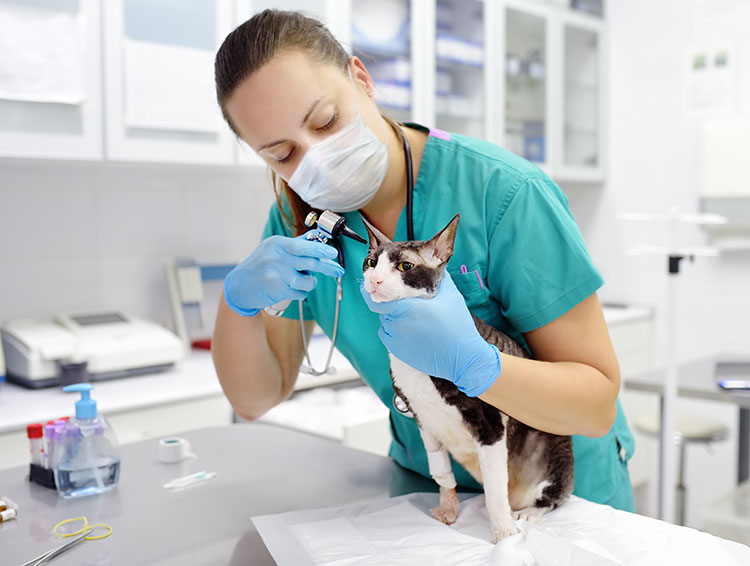
-
Here are the top 10 reasons for cats and the percentage of total claims.
-
- Stomach issues – 15 percent of total claims
Cats’ stomach issues can include gastrointestinal disorders, inflammation, food allergies, poisoning, intestinal bacteria or parasites. - Urinary Tract Infection (UTI) – 5.5 percent
Cats are more prone than dogs to see the vet for urinary tract disease or infections, which have similar symptoms. The majority of afflicted young and middle-aged cats have a condition called idiopathic cystitis, which, unlike stones and infection, does not show up on a test. An infection of the cat’s urethra is most commonly found in young kittens. - Pain – 4.4 percent
Pain usually indicates an underlying condition or can be caused by aging and arthritis. Past trauma, genetic conditions, and even accidents can lead to a pet experiencing pain. If your cat appears to be in pain, get them to the vet immediately. - Skin conditions – 4.3 percent
Cats can be afflicted with a myriad of skin conditions, caused by infections, pests, or allergies. Most common symptoms are itchiness, dry or flaky skin, and over-grooming. A vet will be able to identify a cause and start a treatment plan. - Heart problems – 4.1 percent
Heart issues in cats can include heart disease, hypertrophic cardiomyopathy, complications from blood clots, heart valve issues, and heart murmur. There is no cure for heart failure, but most heart conditions can be managed with medication. - Cancer – 3.4 percent
Common cancers in cats include lymphoma, which is associated with small cell gastrointestinal lymphoma, squamous cell carcinoma (a form of skin cancer), and fibrosarcoma (soft tissue sarcoma). Cancer can be treatable with chemotherapy and surgery, which can extend your kitty’s life or eradicate the cancer completely. - Eye conditions – 2.9 percent
Eye conditions affecting cats can include conjunctivitis, corneal ulcers, uveitis, and retinal damage. Treatment can range from eye drops to surgery. - Kidney disease – 2.9 percent
Chronic kidney disease is a common ailment in older cats. Acute kidney injury is a severe condition with a relatively sudden onset. Mild kidney conditions may be managed with a special diet. - Ear infection – 2.5 percent
Ear infections are uncomfortable and sometimes painful, and they can also be a symptom of a more significant health issue. If left untreated, ear infections can lead to hearing loss or other health problems. Kittens, if left outside, are prone to ear mites, which are tiny parasites that live inside the ear canal and can cause infection. - Diabetes – 2.5 percent
Cats develop diabetes mellitus, which is the inability to produce enough insulin to balance blood sugar, or glucose levels. Left untreated, it can lead to weight loss, loss of appetite, vomiting, dehydration, severe depression, problems with motor function, coma, and even death.
- Stomach issues – 15 percent of total claims
-
Highest pet insurance claim payout for a dog in the last year
Healthy Paws reimbursement amount: $46,179
Leia, a 7-year-old English Bulldog from California, was treated for skin conditions, an ear infection, pneumonia, pain and allergies, all in the last year. The total of claims submitted was $58,036, with $46,179 reimbursed by Healthy Paws. Treatments included a tracheostomy, diagnostics, laser treatments, time on a ventilator, a hospital stay, an ambulance transfer and medications.
Leia’s pet parent carries a policy with a $250 deductible, and 80 percent coverage.
Highest pet insurance claim payout for a cat in the last year
Healthy Paws reimbursement amount: $28,647
Cheetah, a 3-year-old domestic shorthair cat, experienced a tough year of medical issues including urinary tract disease, sepsis, pneumonia, an ear infection, pain, upper respiratory infection and corneal ulcers.
The total of claims submitted equaled $32,385, with $28,647 reimbursed by Healthy Paws. His treatments included a four-day hospital stay, two surgeries (one was to partially remove a damaged lung lobe), a plasma transfusion, catheters, diagnostic tests and medication.
Cheetah recovered from it all and was sent home with medications.
His pet parent carries a policy with a $250 deductible, and 90 percent coverage.
Protect your pets from those unexpected illnesses with no maximum limits on payouts. Get a quote and make sure you’re covered for those dog and cat mishaps and unpleasant surprises.


